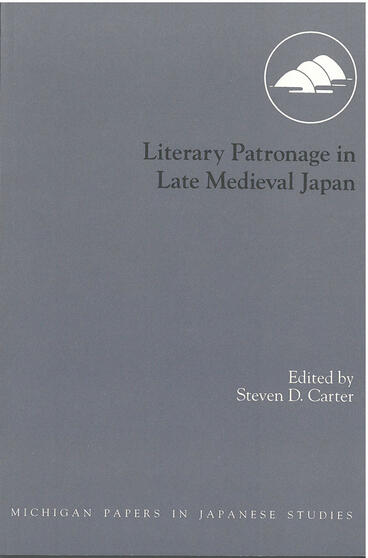Literary Patronage in Late Medieval Japan
Explores the changes in economic practices and structures in the late Muromachi period in Japan by focusing on patterns of patronage and professionalism in the world of poetry.
Description
The late fifteenth and early sixteenth centuries in Japan, which were dominated by social upheavals and political conflicts, were the scene of a fundamental expansion of arts patronage. This was a time of great change in all areas of Japanese life: old centralized political establishments were giving way to new provincial powers, the growth of urban centers was causing changes in trade patterns and financial institutions, and everywhere the economy was creating new centers of wealth and influence. In such an age of vitality all patterns of production and consumption were affected, including those involving the arts. But how and under what specific conditions did these changes take place? The papers in this volume represent an attempt to answer that questions and others like it. The historical figures focused upon range from members of the imperial family and the houses of the regency to tea masters, painters, merchants, provincial daimyo, and especially renga (“linked-verse”) poets, whose central place in many of the papers speaks for their prominent place in medieval artistic history. But all share a common concern with patron0-clinet relations in what many consider to be the most significant watershed in Japanese history. Because the problems dealt with are complex ones involving many levels and kinds of patronage, the essays perhaps pose more questions than they answer, but at the very least they serve the purpose of opening up a new arena of research that is essential to a full understanding of the arts in the late medieval age. In this respect they may best be understood as case studies, presented in the anticipation of further work in a long-overlooked area of cultural history. [3-4]
Steven Carter is a professor of Japanese Literature at Stanford University.

